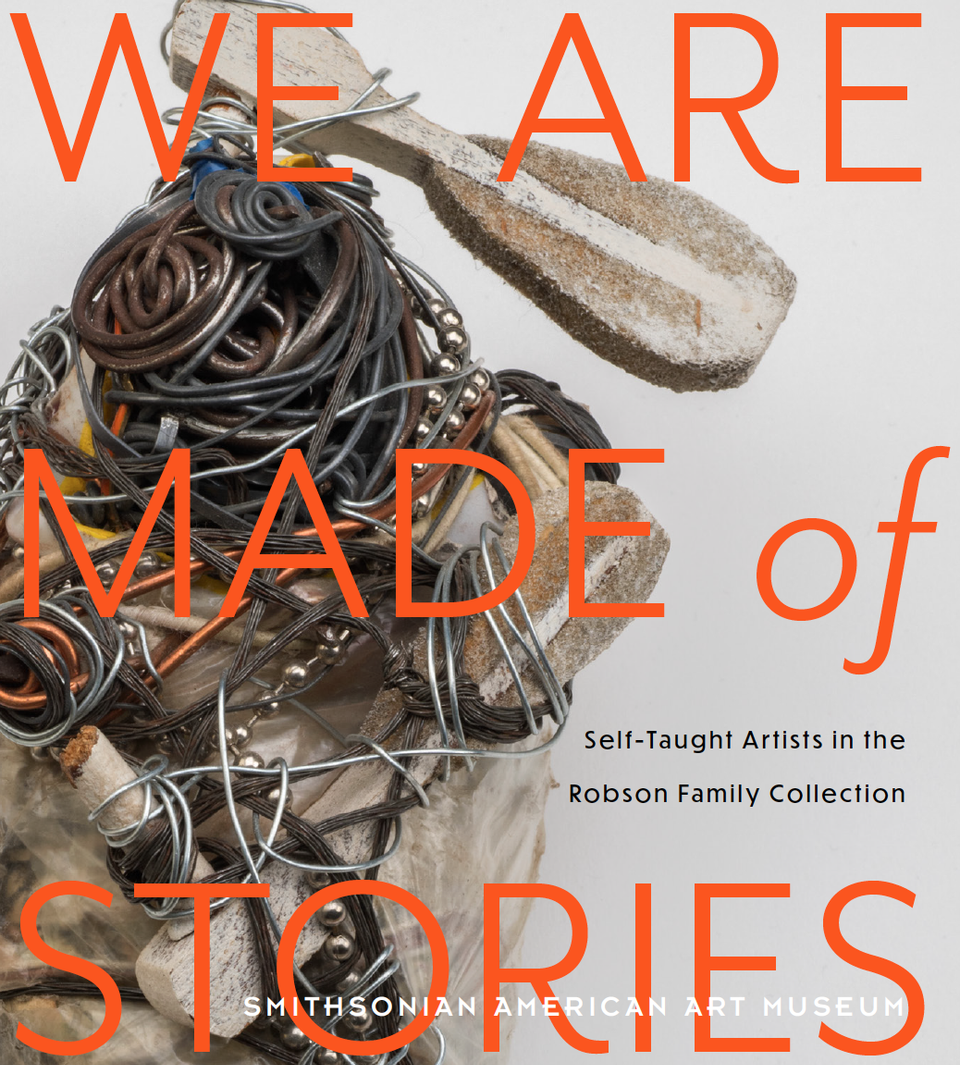Henry Darger
- Biography
Chicagoan Henry Darger gained posthumous acclaim as one of the city’s most recognized artists, but during his lifetime, he experienced tremendous hardship. Darger suffered the loss of his family, institutionalization, abuse and neglect across his formative years, and an adulthood defined by isolation and mental health challenges. These experiences drove a body of work in which war and survival were prevailing themes. Darger was a devout Catholic, although his writings reveal ongoing grief for his lost family and confusion about why God allowed such suffering. Over many decades, Darger made an extensive body of work that was scarcely known of until shortly before his death at age 81.
In many ways, Darger became the ultimate icon of the American “outsider” artist, a societal non-belonger on multiple fronts. When his art was first shown publicly, in 1977, his traumatic life story, the epic scale of his vision, and imagery seen as disturbed and disturbing typecast Darger as a deranged outcast. Neither the artist nor the art was easily described, but debates about both Darger’s character and content fueled a sensationalized presentation of the artist that was as condemning as it was celebratory. Today, scholars agree that by narrating and depicting an epic child-slave rebellion saga, Darger was processing the duality of good and evil in the world and using art as a tool of transformation, self-definition, and endurance.
(We Are Made of Stories: Self-Taught Artists in the Robson Family Collection, 2022)















